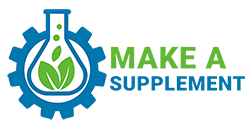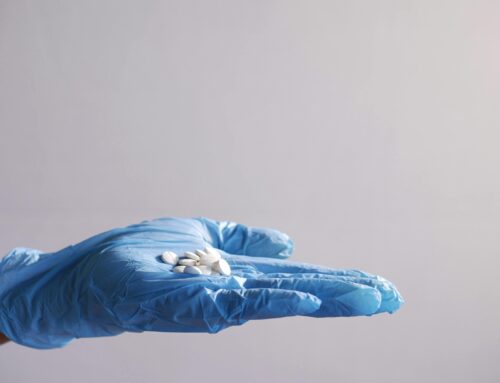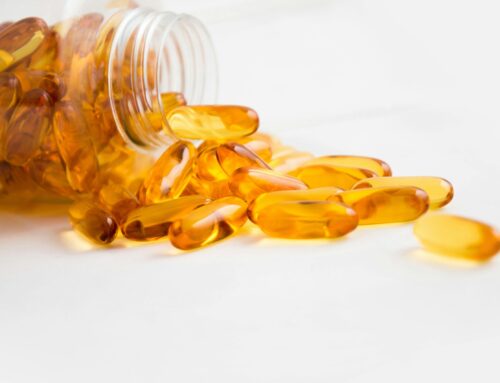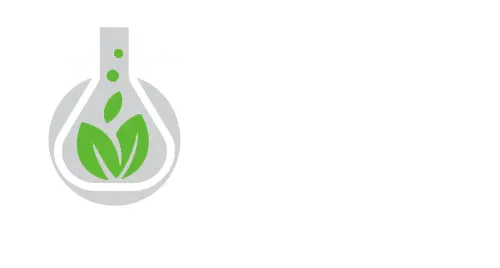Developing a dietary supplement is an exciting journey for any brand owner, but it’s also a process that requires careful planning, patience, and a clear understanding of the steps involved. One of the most common questions new brand owners ask is, “How long does it take to develop a supplement?” While the timeline can vary depending on the complexity of the formulation and other factors, a general estimate for a first-time custom supplement is between 14 and 18 weeks from the time a purchase order is received to the finished supplement being shipped. However, many variables can either extend or shorten this timeline. This blog will walk you through each stage of the supplement development process and explore the key factors that can influence production time.
Supplement Development Timeline
In general, the timeline for private-label supplements from existing formulations is about 6-8 weeks. If you choose to develop a custom formulation, the entire process can take between 14 and 18 weeks. Longer timelines may apply for complex, high-volume, or international orders.
Step 1: Formulation (2-6 Weeks)
The journey begins with the formulation stage. This involves both conceptual and manufacturing formulation. Conceptual formulation is where you define the product’s purpose, choose scientifically backed ingredients, and establish appropriate servings to support structure–function claims. This may be done by the brand owner or with the assistance of a supplement formulator and manufacturing organization. Once the initial formula is developed, the next step is to assess its viability for large-scale manufacturing. This involves adjusting the formula with excipients to ensure it runs efficiently on machines (e.g., encapsulators, tablet presses) and meets stability, safety, and bioavailability standards. Depending on the complexity of the product and the experience of the formulator, this phase can take anywhere from a few days to several weeks. Expect 2–3 weeks for straightforward formulations and 4–6 weeks for complex or multi-ingredient products.
Step 2: Ingredient Sourcing (2-8 Weeks)
After the formula is finalized, the next step is sourcing ingredients. This can be one of the lengthiest parts of the entire process. Here are a few factors that influence this stage of supplement development:
- Ingredients are often sourced globally, and many high-quality raw materials are made to order. For example, probiotics need to be cultured, which may take up to 6 weeks.
- Specialty or patented ingredients may be sourced internationally, which can involve shipping and customs delays.
- Standard ingredients and common nutraceuticals may be out of stock, especially if they’re trending or in short supply.
On average, ingredient sourcing can take anywhere from 2 to 8 weeks, depending on the materials required and where they are coming from.
Step 3: Raw Material Testing (1-2 Weeks)
Once ingredients arrive at a manufacturing facility, they cannot immediately be used in production. Current Good Manufacturing Practices (cGMP) regulations require all raw materials to be quarantined and thoroughly tested before being released into inventory. Testing includes verifying the identity and potency of each ingredient (e.g., via FTIR, HPLC, UV-VIS), checking for microbiological compliance (e.g., E. coli), and conducting heavy metal screening for contaminants such as lead, mercury, cadmium, and arsenic. This ensures product safety and compliance with both federal regulations and standards like California Proposition 65. If the manufacturing facility has an in-house lab, testing may take about 1 week. If testing must be outsourced to a third-party lab, it can take up to 2 weeks. Only after passing all these tests can the ingredients be used in production.
Step 4: Bench Work – Research and Development
Before the official production run begins, most manufacturing facilities will perform bench work or create a small R&D batch. This is essentially a test run where the formulation is scaled to a small batch to ensure it performs well in the chosen form (e.g., capsule, tablet, gummy). This step helps identify potential production issues early and allows the brand owner to evaluate the taste, appearance, and texture of the product. While this step is typically done before a purchase order is issued and doesn’t add time to the post-order timeline, particularly for private-label supplements, it’s a critical part of the process that should not be rushed or skipped.
Step 5: Manufacturing the Production Batch (1 Week)
Once the formulation is proven viable on a small scale and all ingredients have passed testing, the production batch can begin. During full-scale manufacturing, the raw materials are blended, and capsules, tablets, liquids, or powders are produced. This step also includes in-process quality checks such as uniformity of mix, content uniformity, and dissolution testing. These procedures ensure that each unit contains consistent amounts of the active ingredients and that the supplement will dissolve properly in the body. The actual manufacturing process typically takes about 1 week, although larger batches or complex formulations may take slightly longer.
Step 6: Finished Product Testing (1-2 Weeks)
After the supplement is produced, it undergoes another round of testing—this time on the finished product. Just like with raw materials, the final product is tested for:
- Ingredient identity and serving size accuracy
- Microbial safety and heavy metal compliance
- Batch-to-batch consistency
Some brand owners may also request stability testing, particularly if they plan to make claims about the product’s shelf life or want expiration dates printed on the packaging. Additionally, manufacturers will issue a Certificate of Analysis (COA) at this stage of the process. If you require stability testing, that can happen post-shipment.
Step 7: Packaging and Labeling (1-5 Days)
Next comes packaging and labeling, which is generally one of the fastest steps in the process. If standard bottles, lids, and labels are used, packaging can be completed in just 1 to 2 days. However, if custom or specialty packaging is requested—such as unique bottle shapes or sustainable materials—this process can add up to 2 weeks to the timeline. It’s worth noting that custom containers often cannot be used on automated lines, which means hand-filling may be required, significantly increasing both cost and lead time.
Step 8: Shipping the Finished Product (3-10 Days+)
Finally, once the product is packaged and labeled, it’s shipped to the brand owner or their designated distribution center. Shipping time depends on destination and method:
- Ground shipping (domestic): 3-7 business days
- Air freight (international): 2-5 business days
- Ocean freight: 2-4 weeks (used for large international shipments)
Several other factors can influence how long it takes to develop a supplement, such as combining probiotics with other sensitive ingredients, reformulation, or flavor masking. Partnering with an experienced supplement formulator who can recommend a resourceful manufacturer can help reduce these delays. Established manufacturers often have streamlined sourcing, strong supplier relationships, and in-house testing capabilities that allow for faster turnaround times. On the other hand, working with an inexperienced or overextended manufacturer can lead to costly setbacks and non-compliant products.
In conclusion, the process of developing a dietary supplement involves multiple steps—each with its own timing and challenges. From formulation and ingredient sourcing to testing, manufacturing, packaging, and shipping, every step plays a key role in delivering a safe, beneficial, and compliant product to market. By understanding the timeline and working with a reputable formulator and manufacturer, you’ll be better equipped to set realistic expectations and successfully bring your supplement to life.
Learn more here.






